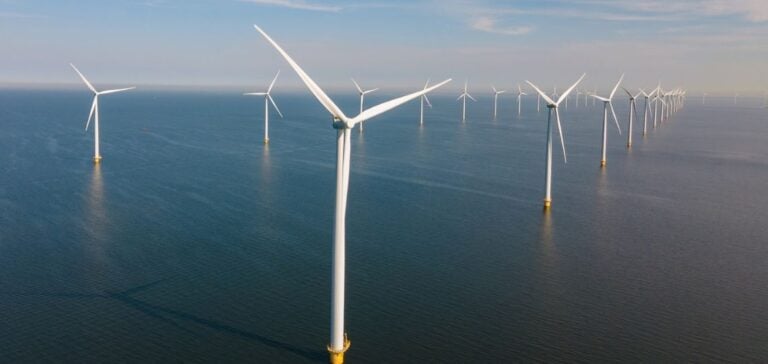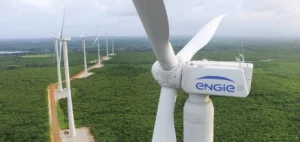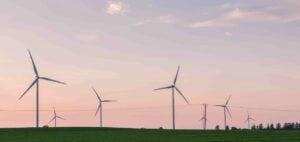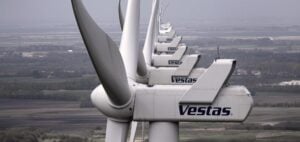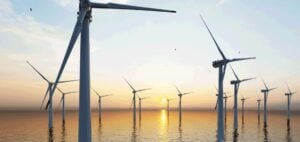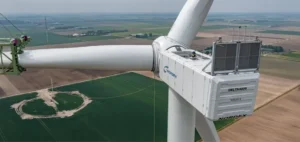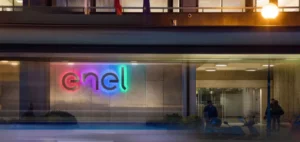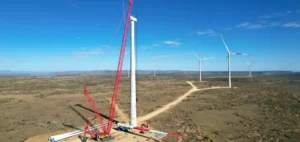The US offshore wind industry is at a crucial turning point.
After several years of growth under the Biden administration, the sector faces potential reconfiguration depending on the outcome of the 2024 presidential election.
On the one hand, a Donald Trump victory could redirect the country’s energy priorities towards conventional resources, such as offshore oil and gas.
On the other, a Kamala Harris victory would mean a continuation of current ambitions, including the goal of 30 GW of installed capacity by 2030.
Potential Change of Course under Trump
If Donald Trump is elected, observers anticipate a significant slowdown in new approvals for offshore wind projects.
The Bureau of Ocean Energy Management(BOEM), under a Republican administration, could focus on exploiting offshore fossil resources, such as oil and gas, rather than developing wind projects.
Analysts agree that Trump would probably not cancel already-approved wind projects, but rather seek to complicate their progress through legal action.
Commercial fishing groups and other interested parties challenging these projects could find an ally in a Trump administration.
The Department of Justice (DOJ) could support complaints aimed at delaying environmental approvals, arguing that impact assessments on the fishing and wildlife industries have not been sufficient.
These tactics would aim to slow down the permitting process, leading to significant delays for current and future projects.
Industry counter-attack strategies
Despite these uncertainties, some market players believe that the momentum gained under the Biden administration could offset federal opposition.
Several states, such as New York and California, have already put in place ambitious regulatory frameworks and targets that support offshore wind development.
These states could continue to push the industry, even in the event of restrictions at the federal level.
New York, for example, is targeting 9 GW of offshore wind by 2035 as part of its Climate Leadership and Community Protection Act.
There is also growing infrastructure and investment support for the industry, which has gained momentum under the current administration.
However, the long-term viability of these projects will depend heavily on policy stability and government support.
Legal Risks and Administrative Procedures
A return of Trump to the White House could mean increased use of litigation to slow down the sector.
Organizations such as the New England Fishermen’s Stewardship Association (NEFSA) have already voiced concerns about the impacts of offshore wind projects on the marine environment and fisheries.
By supporting these groups in court, the DOJ under Trump could seek to overturn certain approvals or refer them back to agencies like BOEM for further review.
This strategy would increase legal pressure on developers, potentially delaying the construction of new parks.
Administrative appeals could also serve as additional obstacles.
The Bureau of Safety and Environmental Enforcement (BSEE) could impose stricter restrictions on new installations or extend environmental impact studies, increasing compliance costs for developers.
Perspectives de Continuité under Kamala Harris
By contrast, an administration headed by Kamala Harris would likely continue the Biden administration’s pro-active approach to renewable energy.
BOEM and other federal agencies would continue to expedite permitting processes and support projects with tax credits and grants.
The focus would remain on the rapid expansion of offshore wind capacity, supported by favorable policies and close collaboration with state governments.
Projects such as the Maryland Offshore Wind Project, recently approved with over 2 GW of capacity, illustrate the kind of development that can be expected under a Harris administration.
This continuity would ensure predictability for investors and developers, while maintaining the momentum gained in recent years.
A Market Under High Tension
The uncertainty surrounding the 2024 election is already impacting the strategies of offshore wind companies.
Developers and investors are considering various scenarios to prepare for potential changes in federal policies.
Some companies may accelerate their projects ahead of the election to secure their permits and avoid the impasse of an administrative review under a new Trump administration.
In conclusion, the 2024 US presidential election could mark a decisive turning point for the future of offshore wind in the United States.
Companies need to prepare for significant political and legal challenges, while capitalizing on existing state and infrastructure support.


